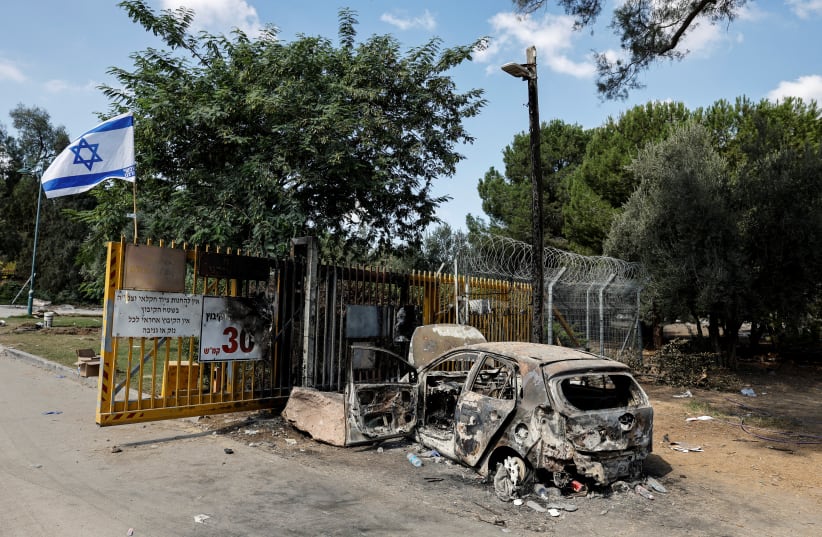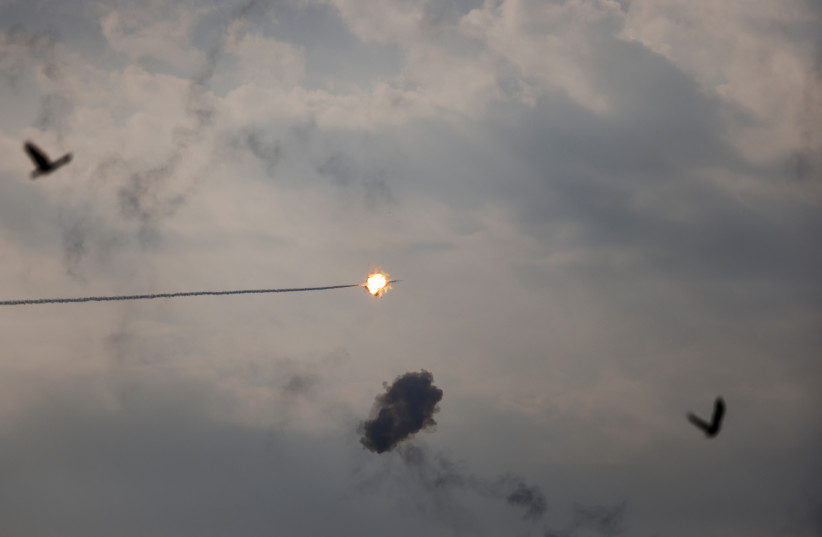For the first time since the October 7 deadly Hamas massacre in southern Israel, a play-by-play account of the proceedings which took place was published.
The New York Times’s “The Secrets Hamas Knew About Israel’s Military,” was released over the weekend and includes interviews with more than 20 survivors and a review of live footage captured during the assaults, ultimately painting a disturbing picture of how prepared and informed Hamas was.
To encapsulate the extent of Hamas’s preplanned readiness, the article described one instance where, armed heavily with explosives and other weapons, one Hamas unit crossed over Gaza’s border into Israel. Riding on motorcycles, they shot at unsuspecting bystanders as they went, heading directly towards a military base - a base for which they already had a map of its exact layout.
“The ten gunmen from Gaza knew exactly how to find the Israeli intelligence hub – and how to get inside,” reported Peter Kingsley and Ronen Bergman. These terrorists stopped only to “take a group selfie” before commencing with the slaughter of the personnel they found inside.
Similar assault patterns took place on multiple Israeli fronts simultaneously. Hamas also used drones to destroy “key surveillance and communications towers along the border with Gaza, imposing vast blind spots on Israeli military,” the New York Times reported.
The article also emphasized that “Hamas, the militia that controls the Gaza Strip, managed to surprise and outmaneuver the most powerful military in the Middle East last Saturday.”
A planning document found later proved Hamas’s readiness. It “showed that the attackers were organized and well-defined units with clear goals and battle plans,” the article continued.
An entire nation caught off guard
Hamas’s onslaught on Saturday resulted in more than “30 square miles” of Israel’s territory being overrun by dozens of armed terrorists. It also led to around 150 hostages being taken into Gaza, their fates unknown, and the killing of the deaths of more than 1,300 Israelis, according to the Israeli government.
Moreover, Hamas’s surprise attack undermines the existing belief that Israel's defense forces (IDF) can handle any threat posed to the country’s wellbeing and safety, the authors pointed out.
Finally, the NYT piece questions the reliability of Israel’s intelligence, asking if the country was fooled into believing that Hamas was more interested in ruling Gaza than launching assaults on Israel - a strategic error on Israel’s part, if that is the case.

